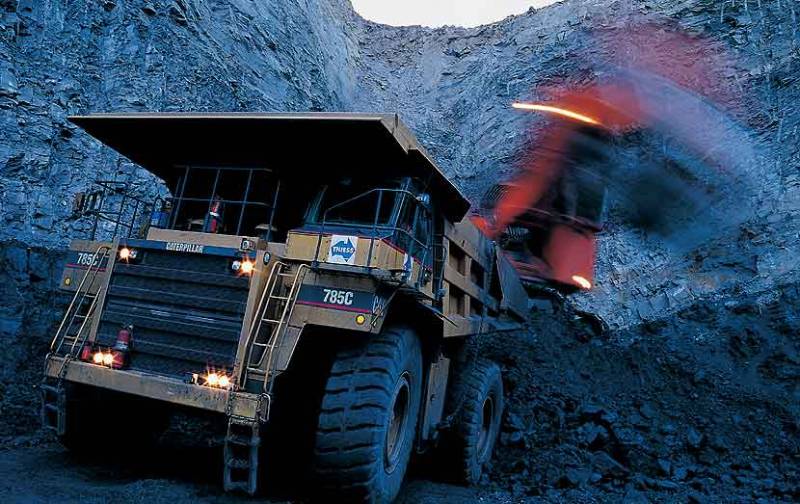The Coal Scam, one of the huge corruption scandals that nailed the UPA II, involved governmental allocation of the nation’s huge deposits of coal for extraction to public and private sector firms. Cases were filed in 2012 after the CAG found the allocations had been made without going through the due process – namely, resort to competitive bidding. According to estimates, the excess “windfall gain” to these firms were of Rs 10,000 billion. In other words, the national exchequer lost as much due to alleged resort to favouritism and underhand deals. No small matter, this.
The conviction of then coal secretary HC Gupta and some other senior officials in one of these allocation cases relating to West Bengal, this past week came after six years of perusal of files, arguments and counter-arguments at the CBI court in Delhi. They are found guilty of corruption and criminal conspiracy. The beneficiary private firm has also been convicted. The convicts could face a maximum of seven years’ jail. Gupta had earlier been convicted in another of these cases. More such cases are on, and the last is yet to be heard.
The stand taken by the IAS officers’ association, putting their full weight behind an ‘honest’ official like Gupta, was only to be expected. They are birds of the same feather, and the association is duty-bound to defend each of its members who land in trouble. The normal course open to Gupta and others is to go in appeal and prove their “innocence” before a higher court. Gupta’s response is that he would rather go to jail than organise money to continue with the legal battle. The officers’ association can be of help, but it is difficult to visualize that they are trying to trash the court verdict. The Supreme Court-appointed judge who heard the case cannot be dismissed as one who could not arrive at a proper judgement.
Question is, how many more years it would take for courts to fix the guilt and punish the errant ones. The possibility of these convicted officials having been made to take decisions under pressure from their political masters cannot be ruled out. However, the auction of those same coal mines did not fetch the supposed amount that the CAG had posted on them. Thus, it is difficult to claim that there is total transparency in the matter, especially after the former CAG Mr Vinod Rai was awarded with plum posts by the government or favorable Supreme Court judges.
GDP, Niti Aayog
A suspectedly malicious twist has been added to the way the GDP figures of the past few years were recalibrated and released this past week by arms of the central government. What this exercise meant was a relook into the GDP figures during the UPA and subsequent BJP periods and their re-fixing based on a new methodology. The merits or demerits of the new attempt apart, what it came up with now is a finding that the growth rates during the UPA periods were not as high as the earlier projections, and that the present BJP period from 2014 showed a relatively better performance. There were those who saw an attempt by the Centre to whitewash its image – badly ruptured in the context of Demonetisation and GST roll-out — in the run-up to the next Lok Sabha polls four months hence.
Questions are raised as to why the Niti Aayog got itself involved in the release of findings of the Central Statistical Office (CSO), and why the latter has not followed the usual procedure for this release. Niti Aayog itself is a baby of the present government, and its functioning leaves much to be desired vis-à-vis the now defunct Planning Commission. Moreover, this entity giving a “good performance” certificate to the Modi government is equal to a student giving marks to her own test paper. Niti Aayog is meant for planning for the future. It should not waste its precious time on digging the past, or being a party to comparisons between the performance of the present government and the past ones.
GDP figures are, as a matter of fact, not the last word on a nation’s overall growth. There is jugglery of figures. These rely on figures of goods and services produced during a year, and project the “best aggregate figure” of economic activity. At the same time, it ignores the levels of individual welfare, or the lack of it such as poverty and joblessness. Under the circumstances, boasts about BJP having achieved a higher growth rate might be taken with a pinch of salt. Fact remains that there have been serious mishandlings of the economy during the present BJP period. The overall optimism on economy under the Manmohan Singh era was noticeable while the Modi period seems to be darkening.
